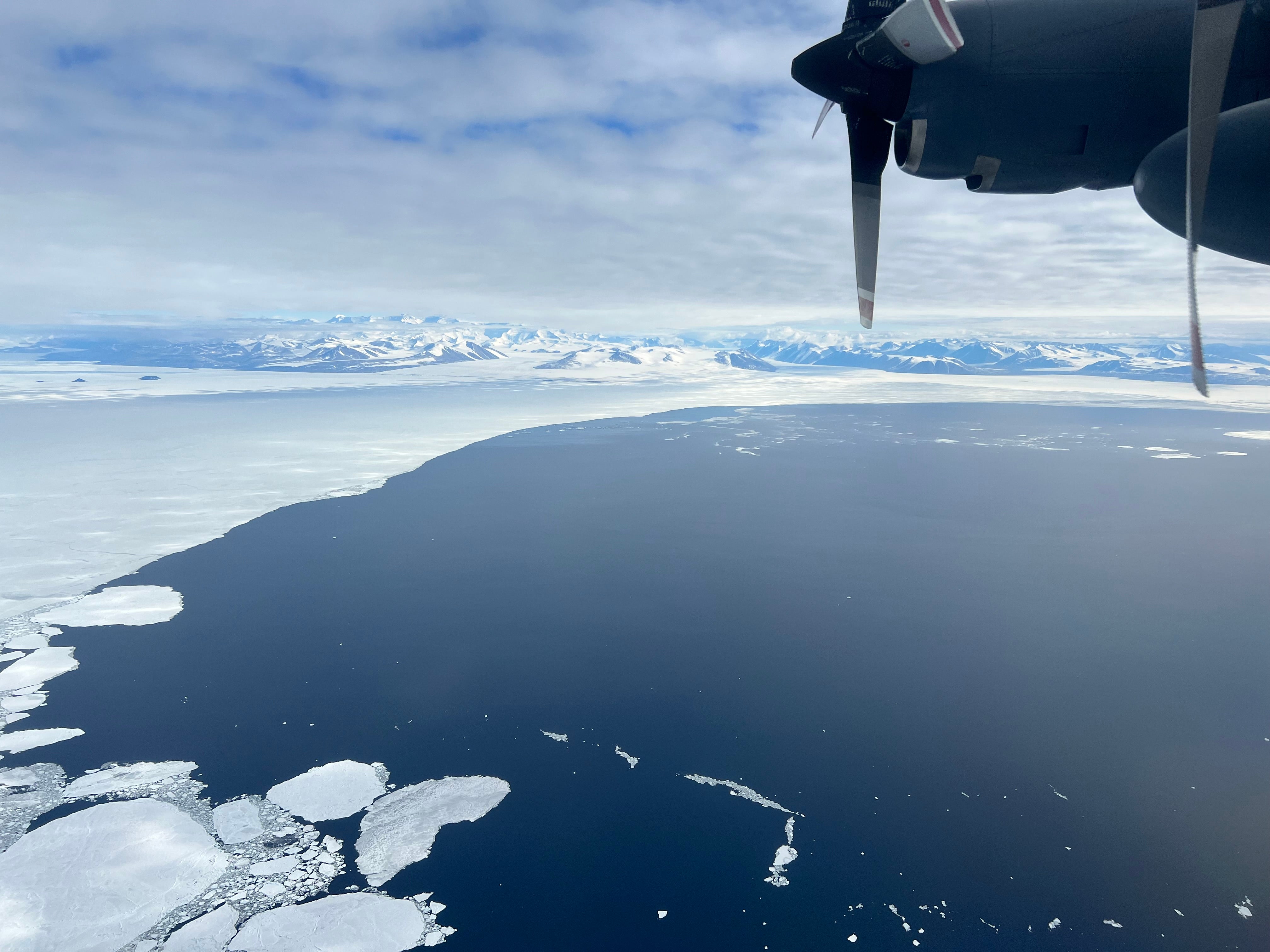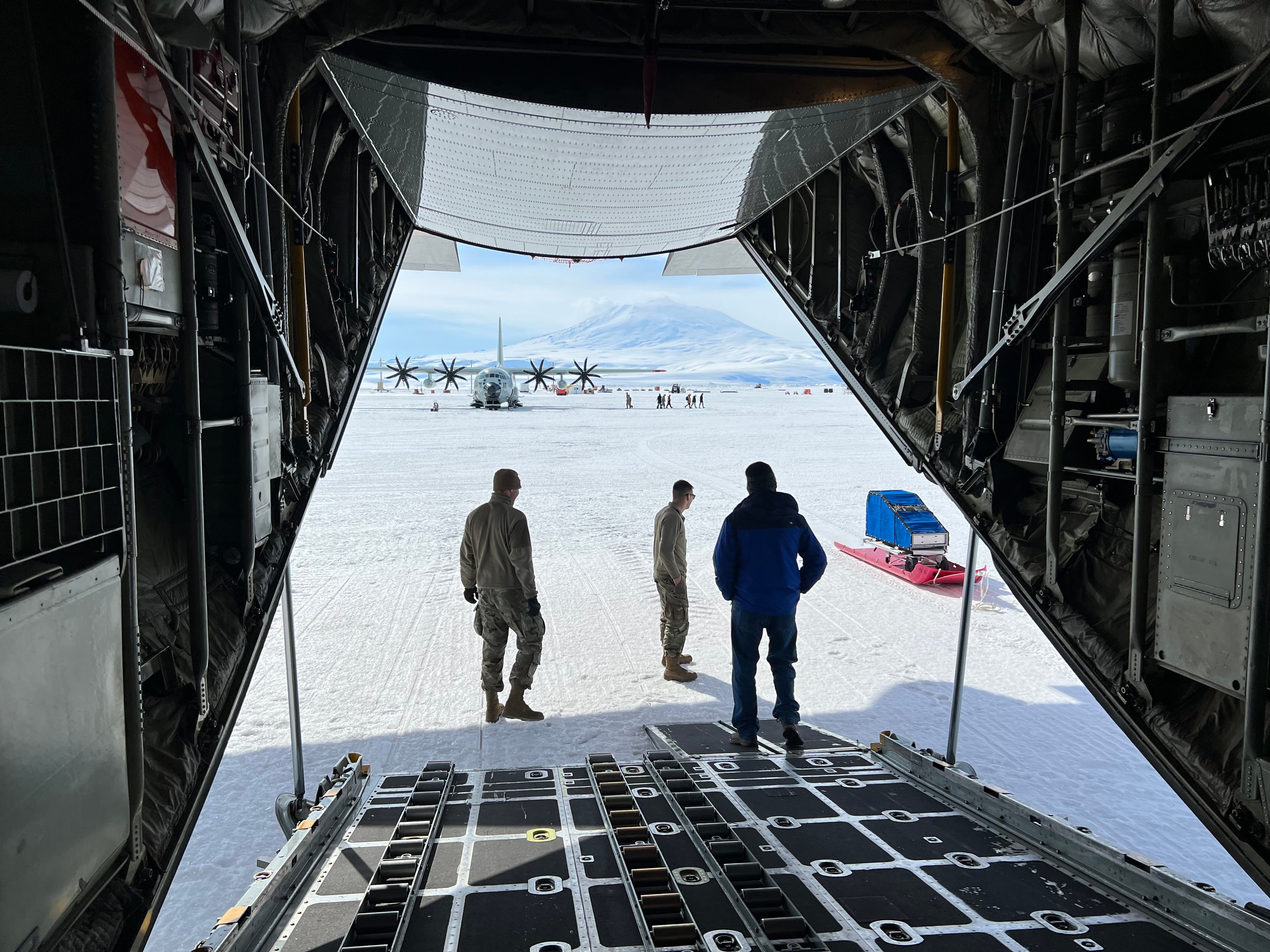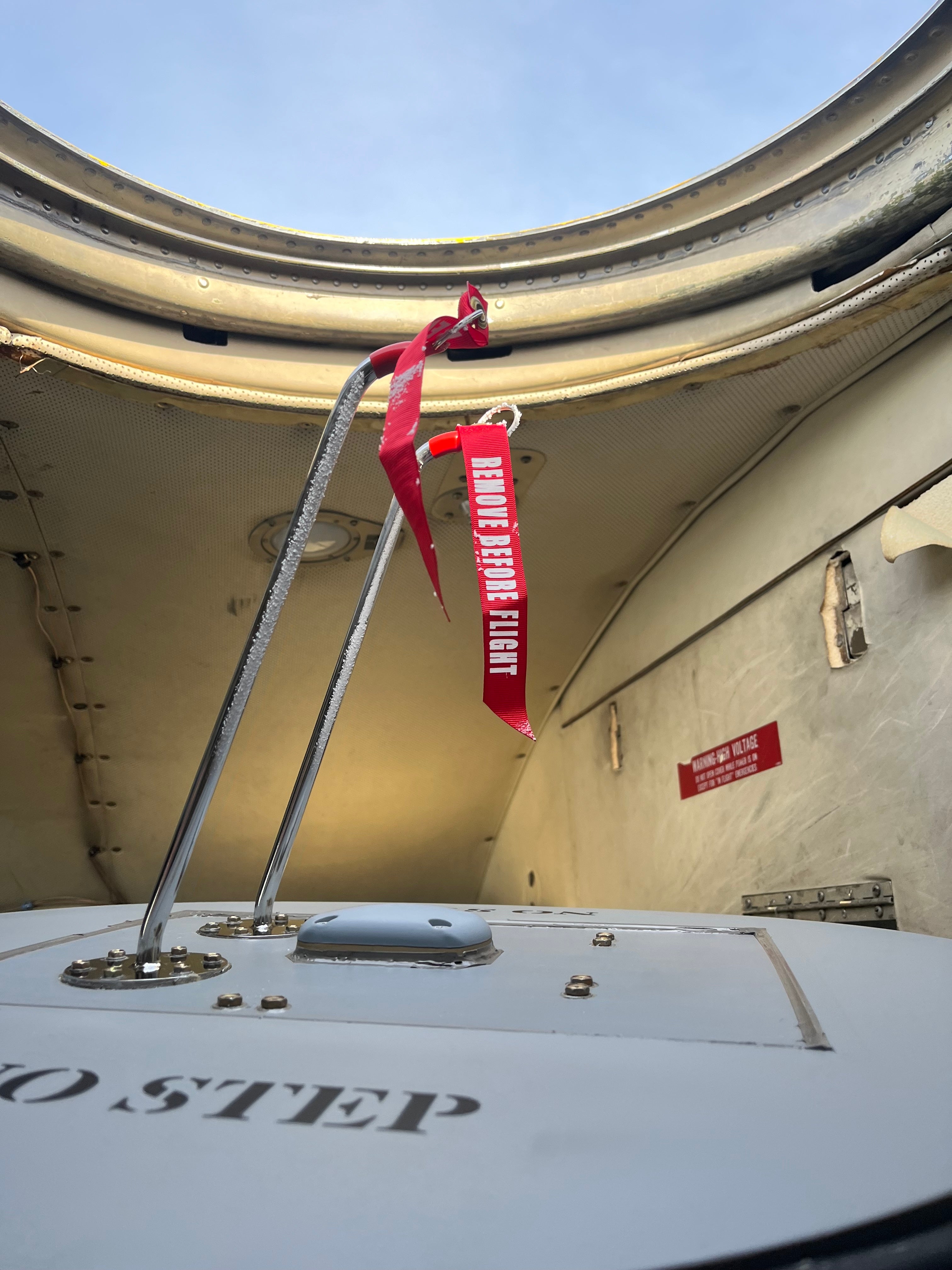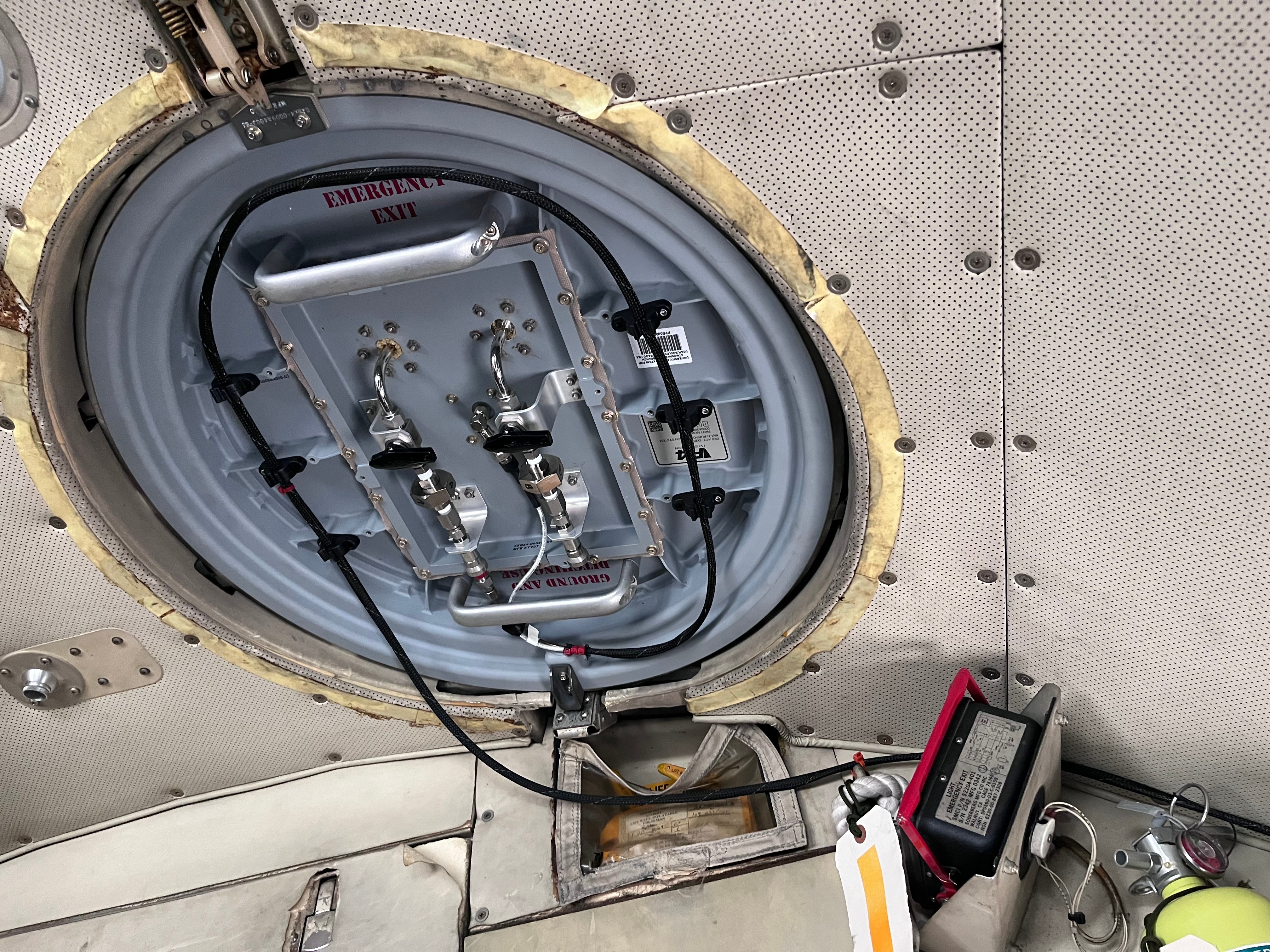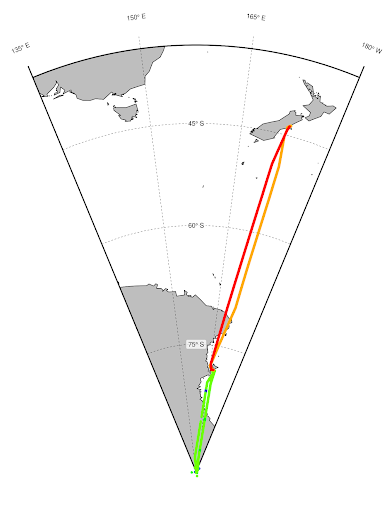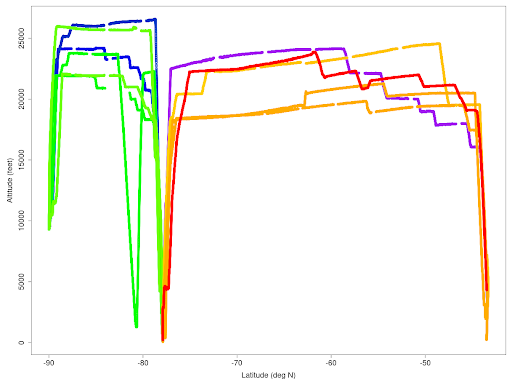SCARGO
Southern Ocean Carbon Gas Observatory
The Southern Ocean plays a fundamental role in the global carbon cycle, yet air-sea fluxes of CO2 in the region, and their driving processes, are highly uncertain. The Southern Ocean Carbon Gas Observatory (SCARGO) is an NSF Office of Polar Programs funded study led by NSF NCAR in collaboration with NOAA, CIRES, CWorthy, and Earth Sciences New Zealand. The primary goal of SCARGO is to quantify seasonal and interannual variations in Southern Ocean air-sea CO2 exchange by measuring vertical profiles of CO2 from the New York Air National Guard LC-130 aircraft as they support the U.S. Antarctic Program flying between Christchurch, McMurdo Station, and the South Pole. This project was motivated by the 2016 O2/N2 Ratio and CO2 Airborne Southern Ocean (ORCAS) study on the NSF/NCAR GV aircraft, which demonstrated that vertical profiles of CO2 measured from an aircraft can provide robust estimates of air-sea CO2 exchange for the entire Southern Ocean, with distinct advantages over previous approaches using shipboard pCO2, autonomous float pH, or surface station atmospheric CO2 measurements (Long et al., 2021; Jin et al., 2024). SCARGO aims to quantify summertime Southern Ocean air-sea exchange, its seasonal evolution, and its interannual variability, and to demonstrate a cost-effective means to monitor the evolving Southern Ocean carbon sink. The SCARGO instrument will also measure CH4, CO, and H2O concentrations. The CH4 measurements will provide additional insights into photochemical processing in the remote atmosphere, while the CO and H2O measurements will primarily be used for air-mass characterization.
SCARGO was originally funded in 2019 for three full Antarctic field seasons, but has been delayed considerably owing to the COVID-19 pandemic, and follow-on challenges to the U.S. Antarctic Program. SCARGO conducted a test deployment, which included eight flights, in November and December of 2022. This test season was helpful in guiding a redesign of the instrumentation rack and location on the plane, to further minimize impacts on cargo operations, and the flights provided valuable scientific data. SCARGO is now scheduled to conduct its first full Antarctic field season from November 2025 - February 2026.
Image caption
Instrumentation
The analyzer is a commercial off-the-shelf Picarro Flight-Ready G2401-m laser-based gas concentration analyzer. The G2401-m is installed in a roll-on/roll-off rackmount case secured in the forward cabin such that it does not interfere with the normal day to day logistics support mission. Other equipment in the rack include a combined frequency converter / UPS power supply, a power distribution unit, two compressed gas cylinders containing natural air, a pump, an electronically actuated rotary valve, a GPS receiver, and a laptop computer. The instrument is connected by a 1/8” stainless steel tube and coaxial cable to a modified forward escape hatch above the cockpit with a GPS antenna and inlet tubes mounted on it.
Data:
|
2022 Flight Tracks
|
2022 Flight Profiles
|
2022 CO2 Profiles
|
References:
Jin, Y., R. F. Keeling, B. B. Stephens, M. C. Long, P. K. Patra, C. Rödenbeck, E. J. Morgan, E. A. Kort, C. Sweeney, 2024: Improved atmospheric constraints on Southern Ocean CO2 exchange, PNAS, https://doi.org/10.1073/pnas.2309333121.
Long, M. C., B. B. Stephens, K. McKain, C. Sweeney, R. F. Keeling, E. A. Kort, E. J. Morgan, J. D. Bent, N. Chandra, F. Chevallier, R. Commane, B. C. Daube, P. B. Krummel, Z. Loh, I. T. Luijkx, D. Munro, P. Patra, W. Peters, M. Ramonet, C. Rödenbeck, A. Stavert, P. Tans, S. C. Wofsy, 2021: Strong Southern Ocean carbon uptake evident in airborne observations, Science, 374, 1275-1280, https://doi.org/10.1126/science.abi4355.
Principal Investigator
Dr. Britton Stephens (EOL)
Co-Principal Investigators
Dr. Kathryn McKain (NOAA)
Dr. Colm Sweeney (NOAA)
Dr. Matt Long (CWorthy)
Dr. Dave Munro (CIRES)
Collaborator
Gordon Brailsford (Earth Sciences New Zealand)

